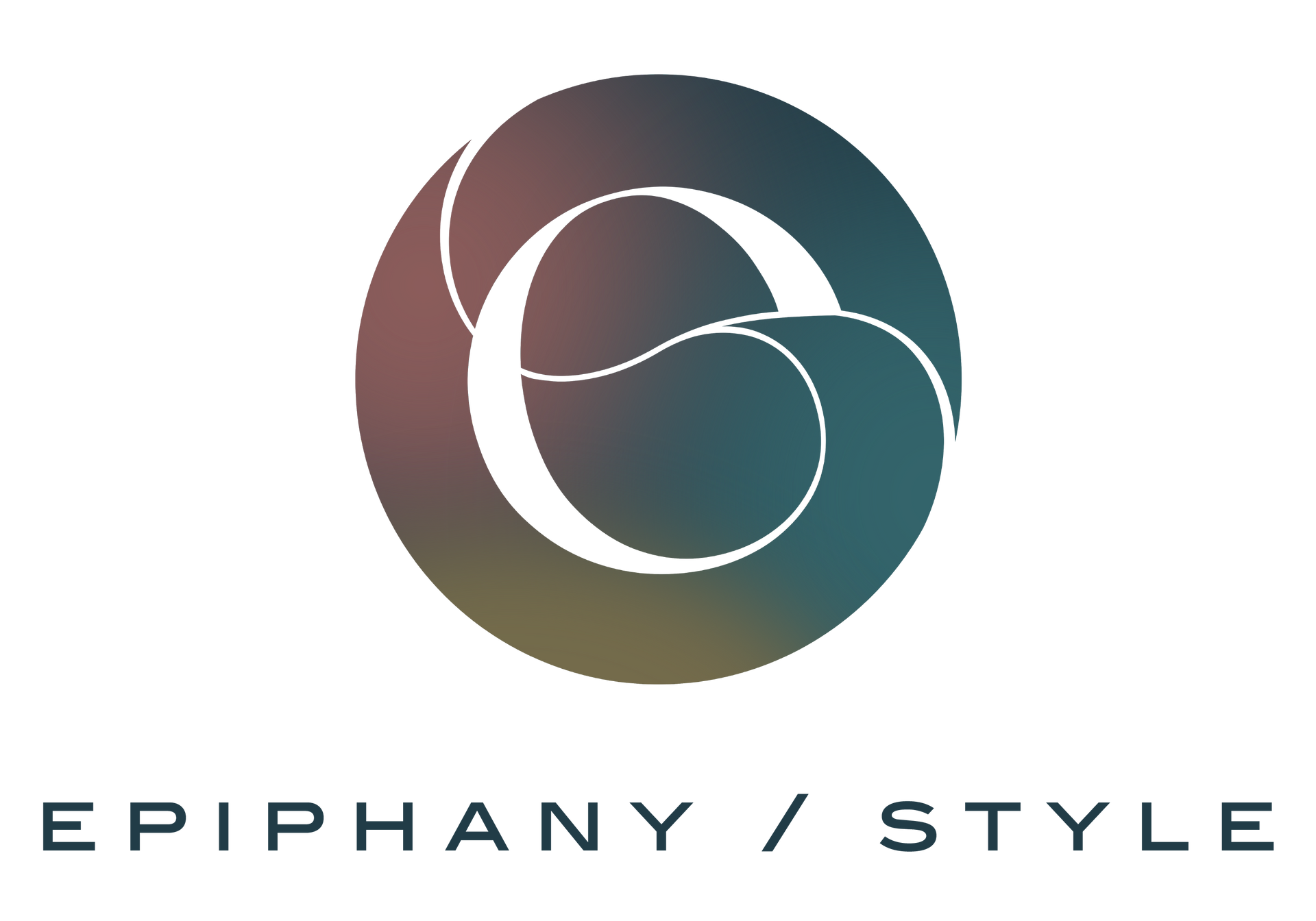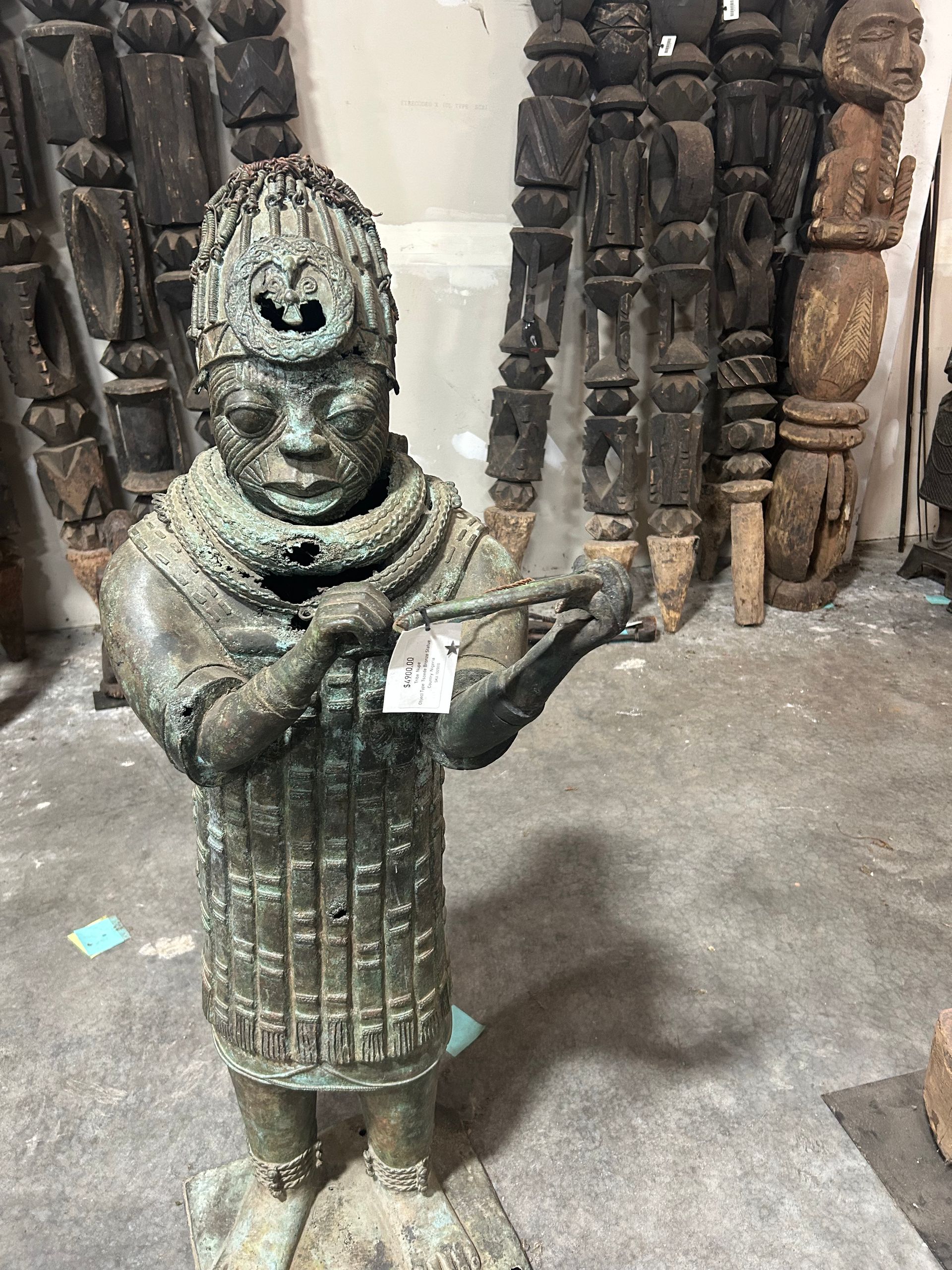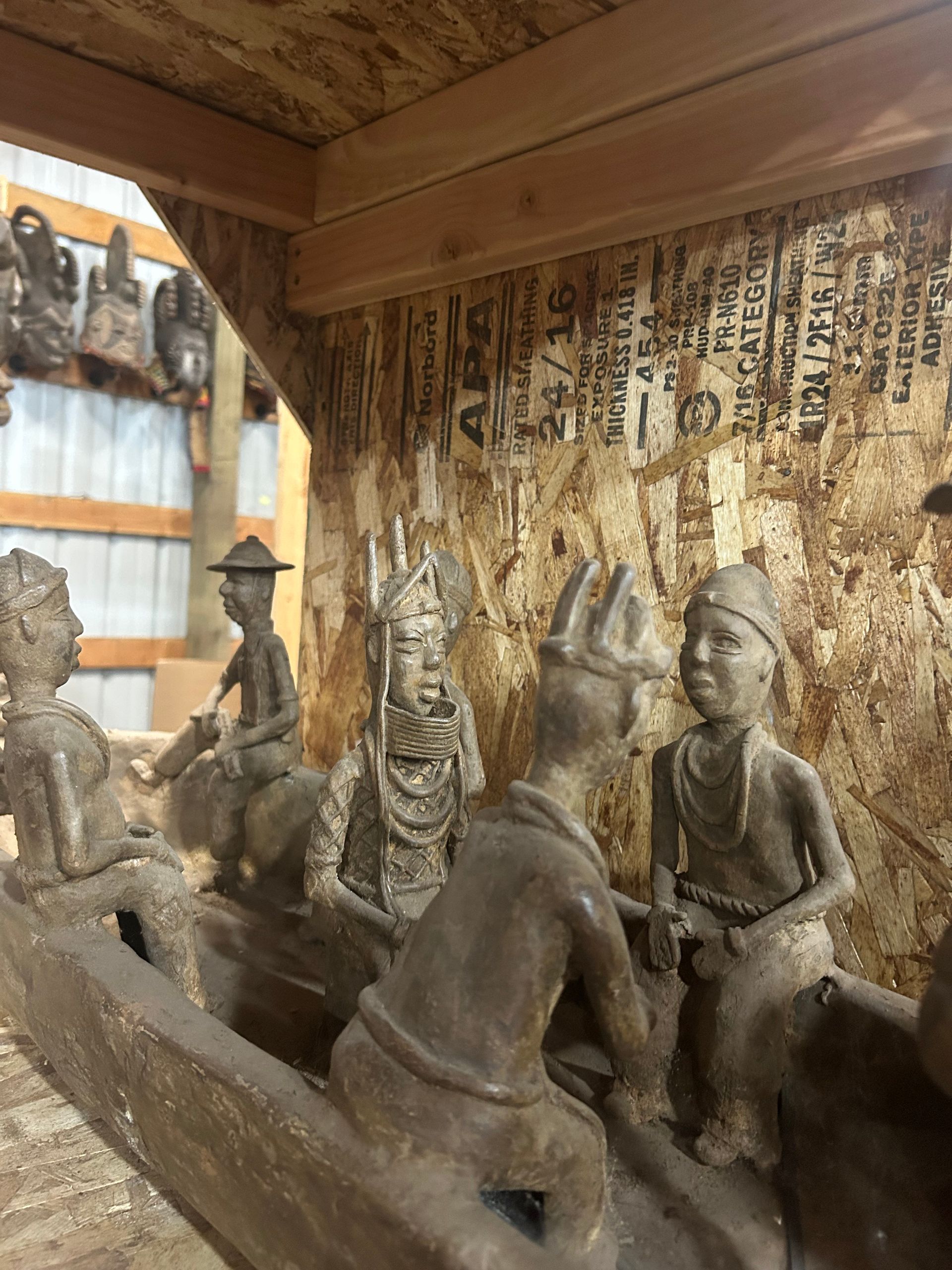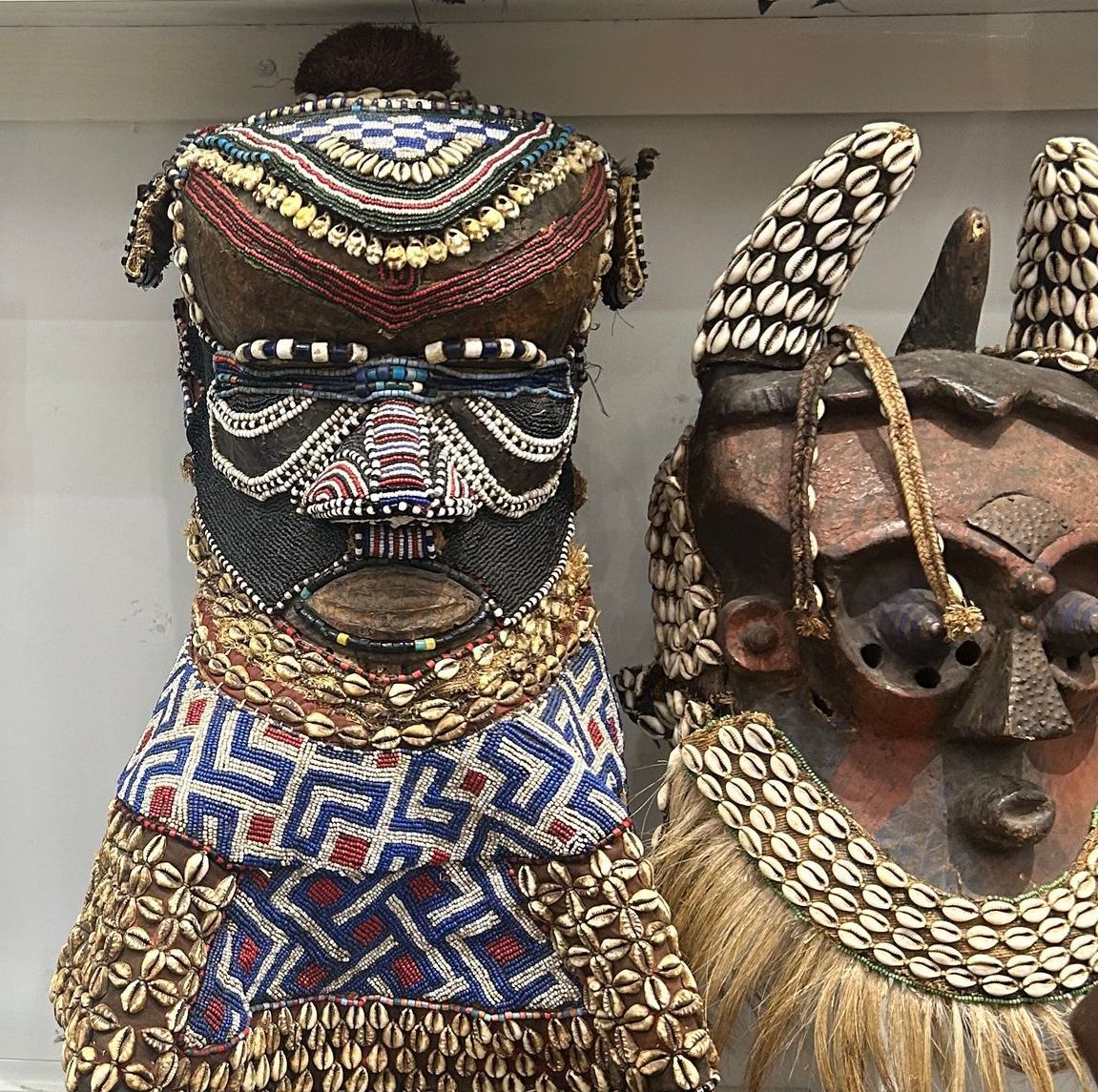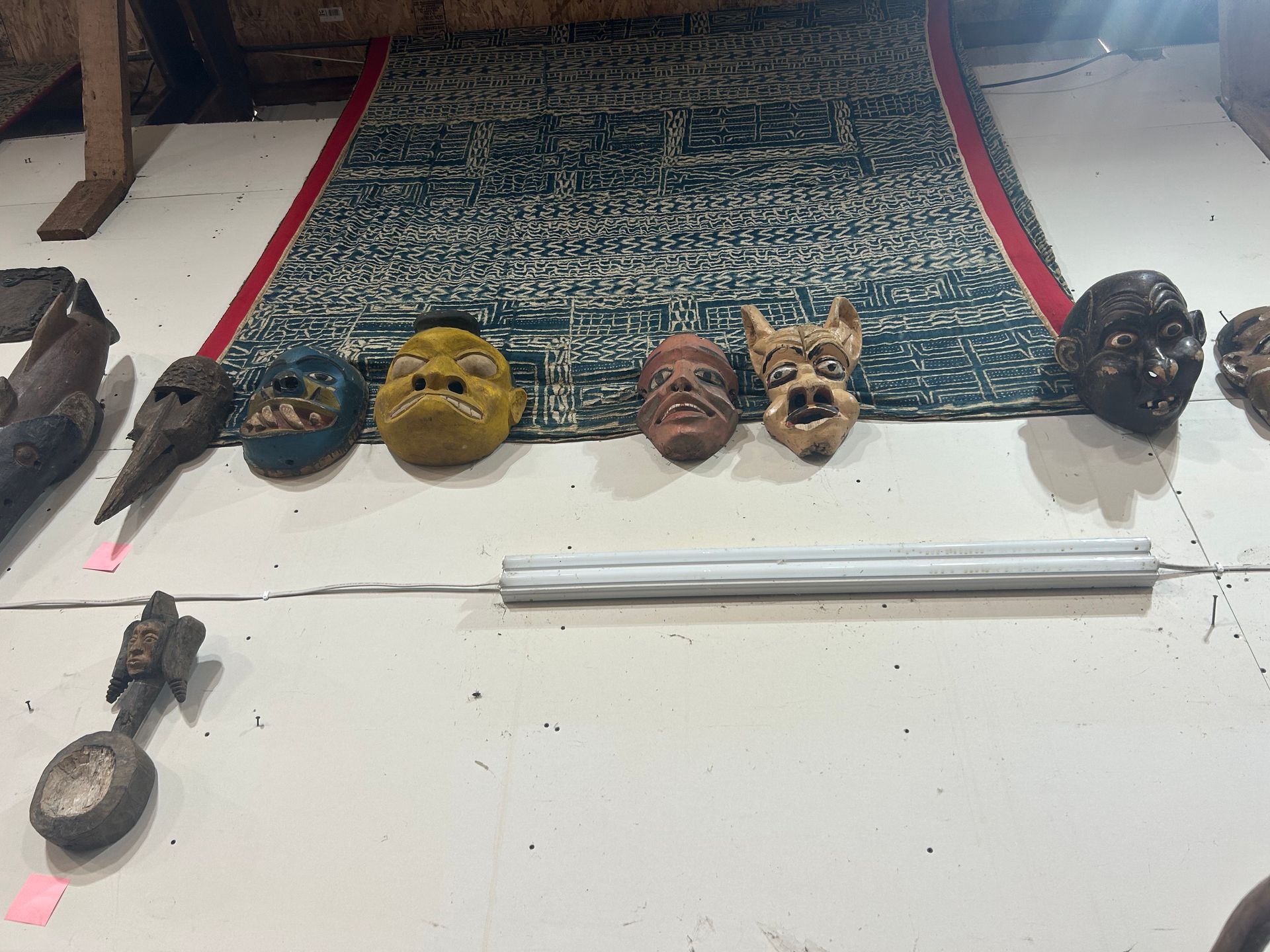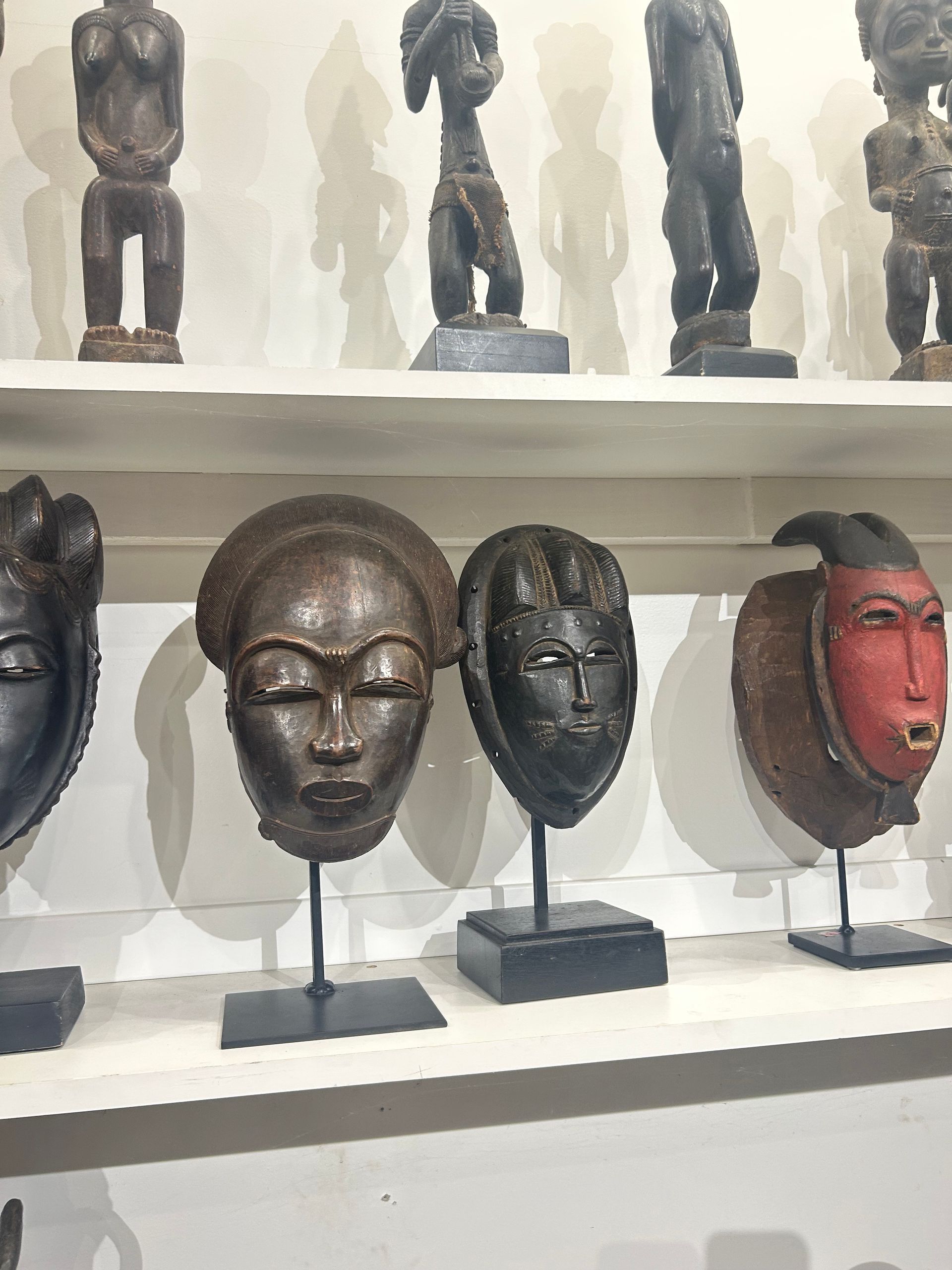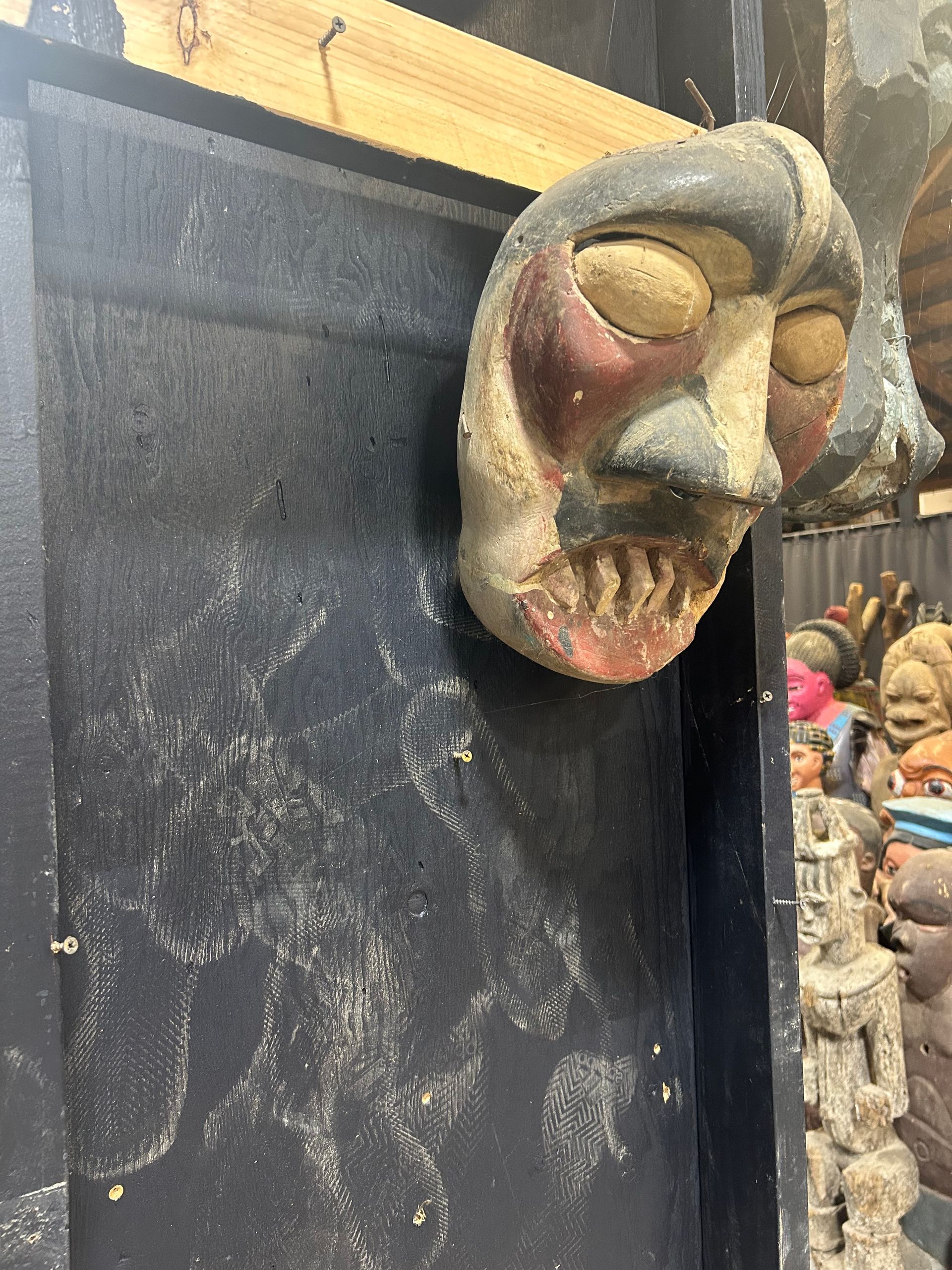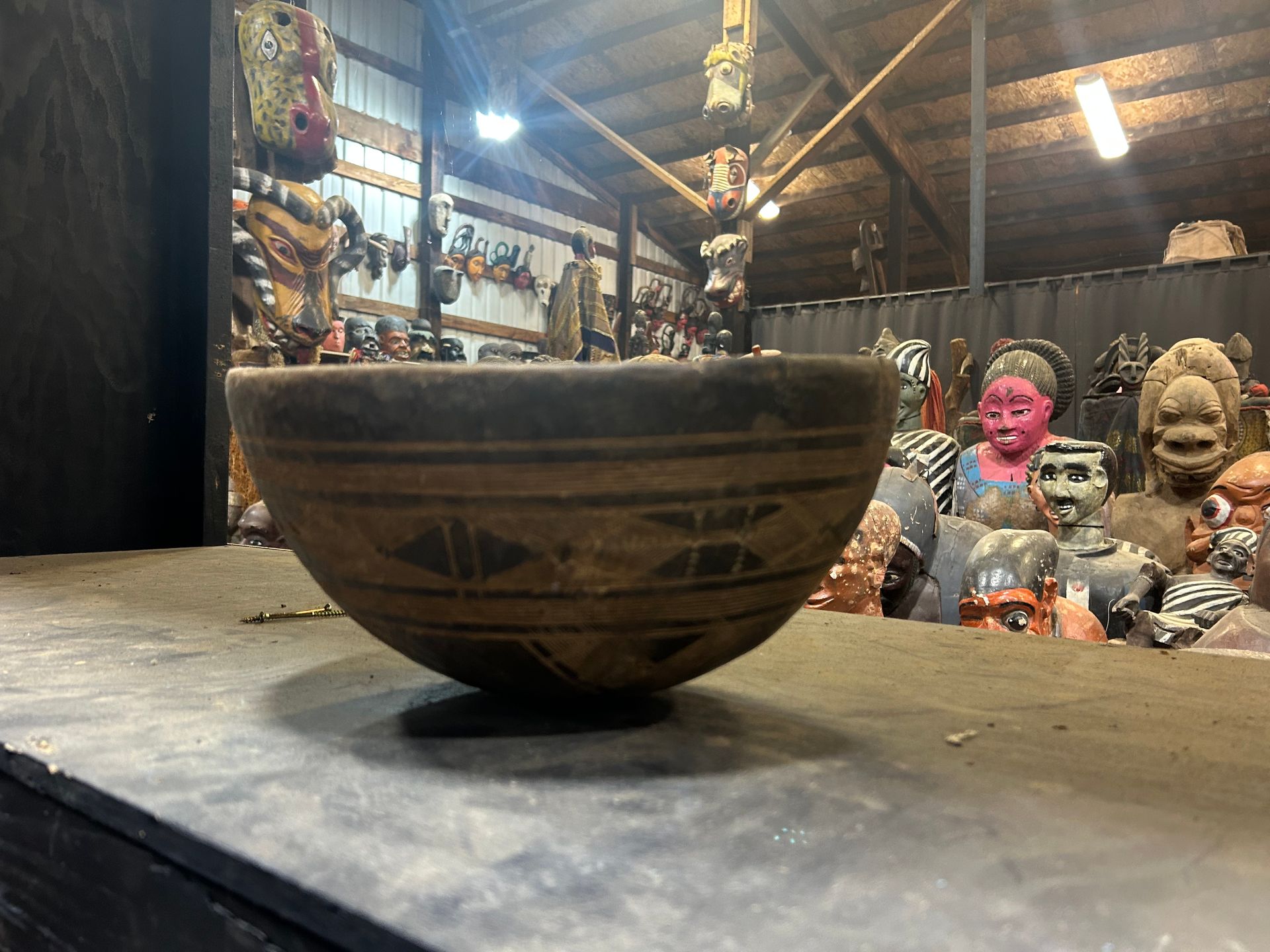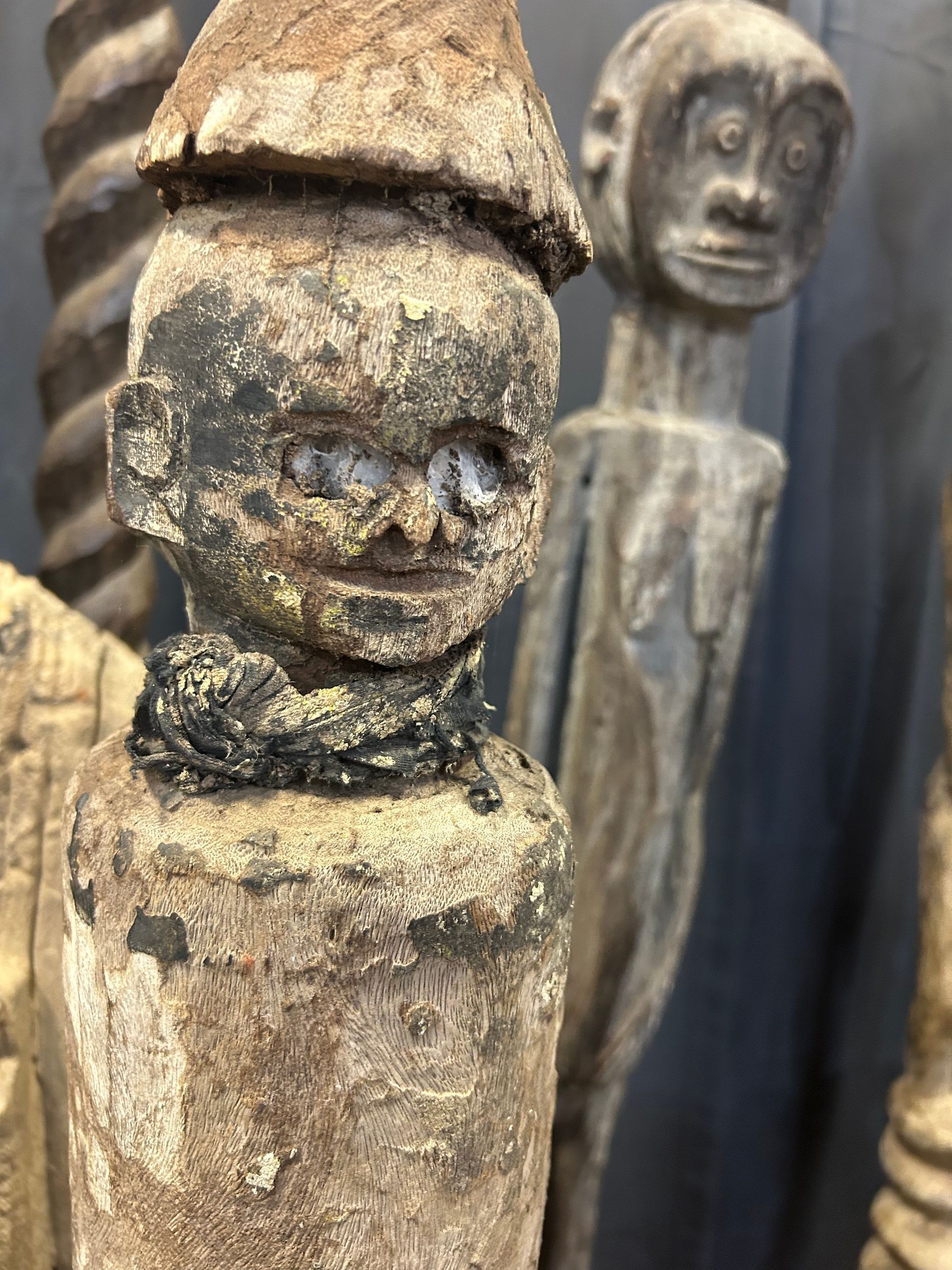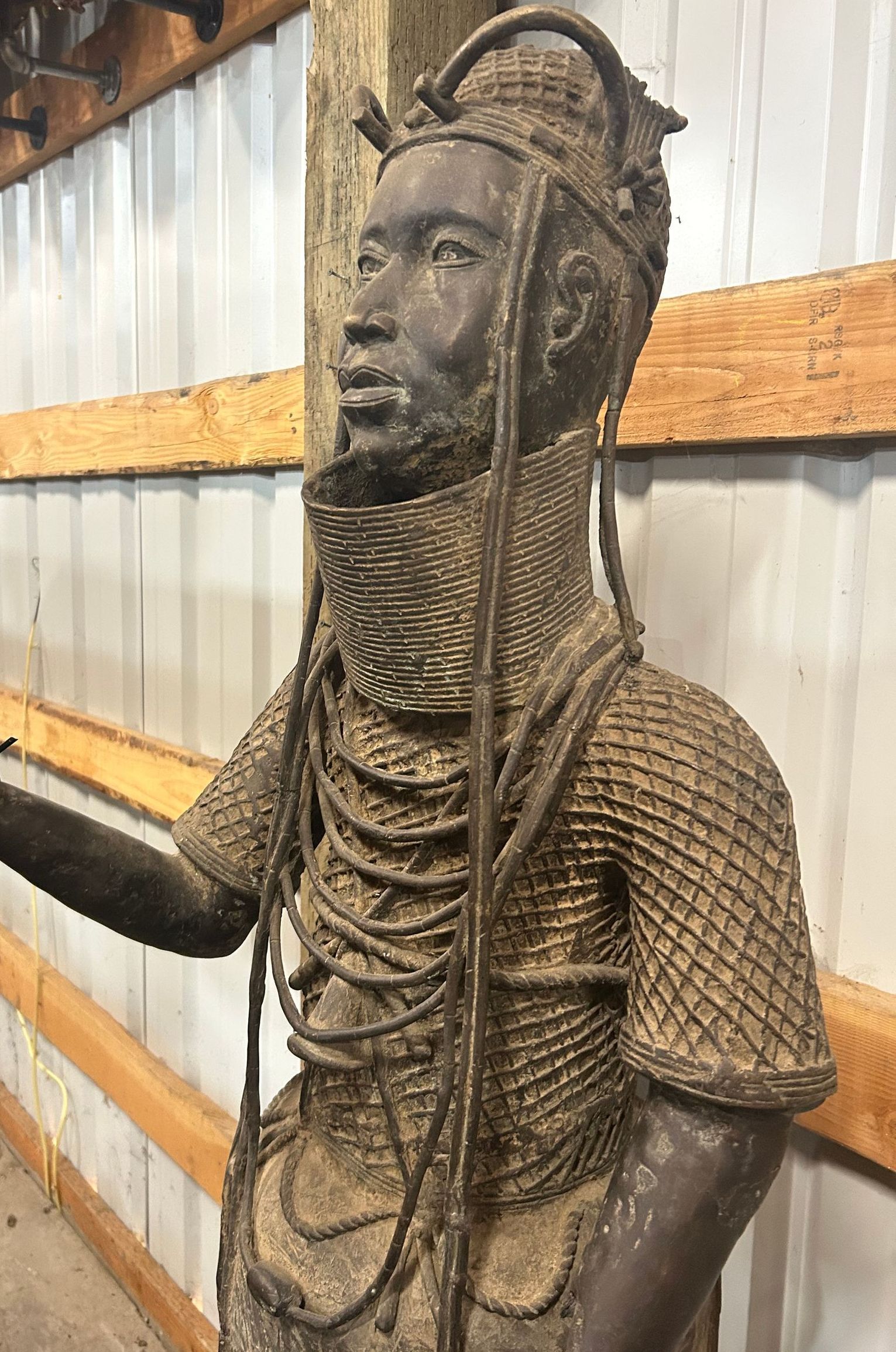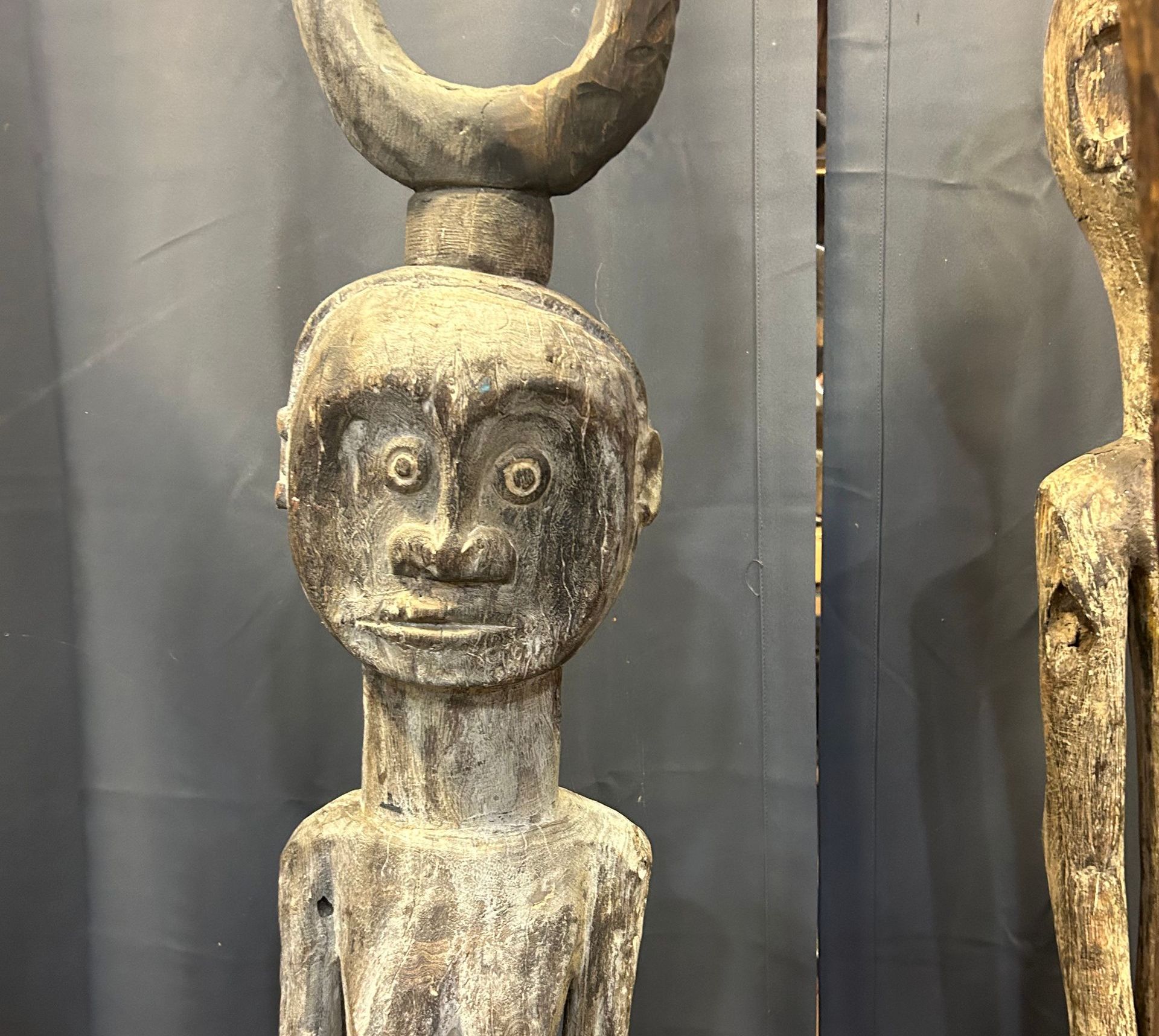
Horned Ancestor Figure — Baga or Nalu, Guinea (Mid-20th Century) This powerful carved figure likely originates from the Baga or Nalu peoples of coastal Guinea. The crescent-shaped horns reference ancestral and spiritual authority, often linked to initiation or fertility rituals. The piece's geometric proportions and weathered patina make it a striking artifact of mid-century West African ceremonial art.
Two weeks ago, Tim Sugden, former co-publisher and photographer of Portland Interview magazine, reached out to me after seeing some of my interior design posts focusing on designing for men. He asked if I might want to meet Dave Dahl—the founder of Dave’s Killer Bread—and tour his collection of African art, which could work well for my clients. Of course I knew who Dave was and loved Dave's Killer Bread but I hadn't read Dave's full story until after this meeting. It hit home. I've witnessed and been a part of some of the same neurodivergent struggles within my family. I also grew up in rural Oregon. And while I loved my family, I also felt embarrassed at who we were growing up. We didn't have much money and there was constant stress and arguing between my parents.
There are many things about Dave that are pretty incredible. To name a few he;
- Became incredibly successful after living on the streets and being incarcerated for almost 15 years
- Asked for mental health help amongst a prison community who would see him as weak for this
- Used his story to help others who have been incarcerated, addicted to drugs and living on the streets
- Changed how he thought and overcame drug addiction
And of course, he made the best bread ever!
Now that he's done all that, what more could there be? Well, unbeknownst to many,
Dave has curated the most jaw-dropping private collections of tribal art I’ve ever seen.
It's a feat as incredible as everything else Dave has accomplished. And what's really exciting is how naturally this collection speaks to the kind of interiors I’ve been drawn to focus on. Spaces that are textured, storied, and quietly powerful. Design that speaks to the soul.
Below are some of my favorite pieces with notes on their origins and meanings and more about my tour through Dave's sanctuary of sculptures, tapestries and carvings.
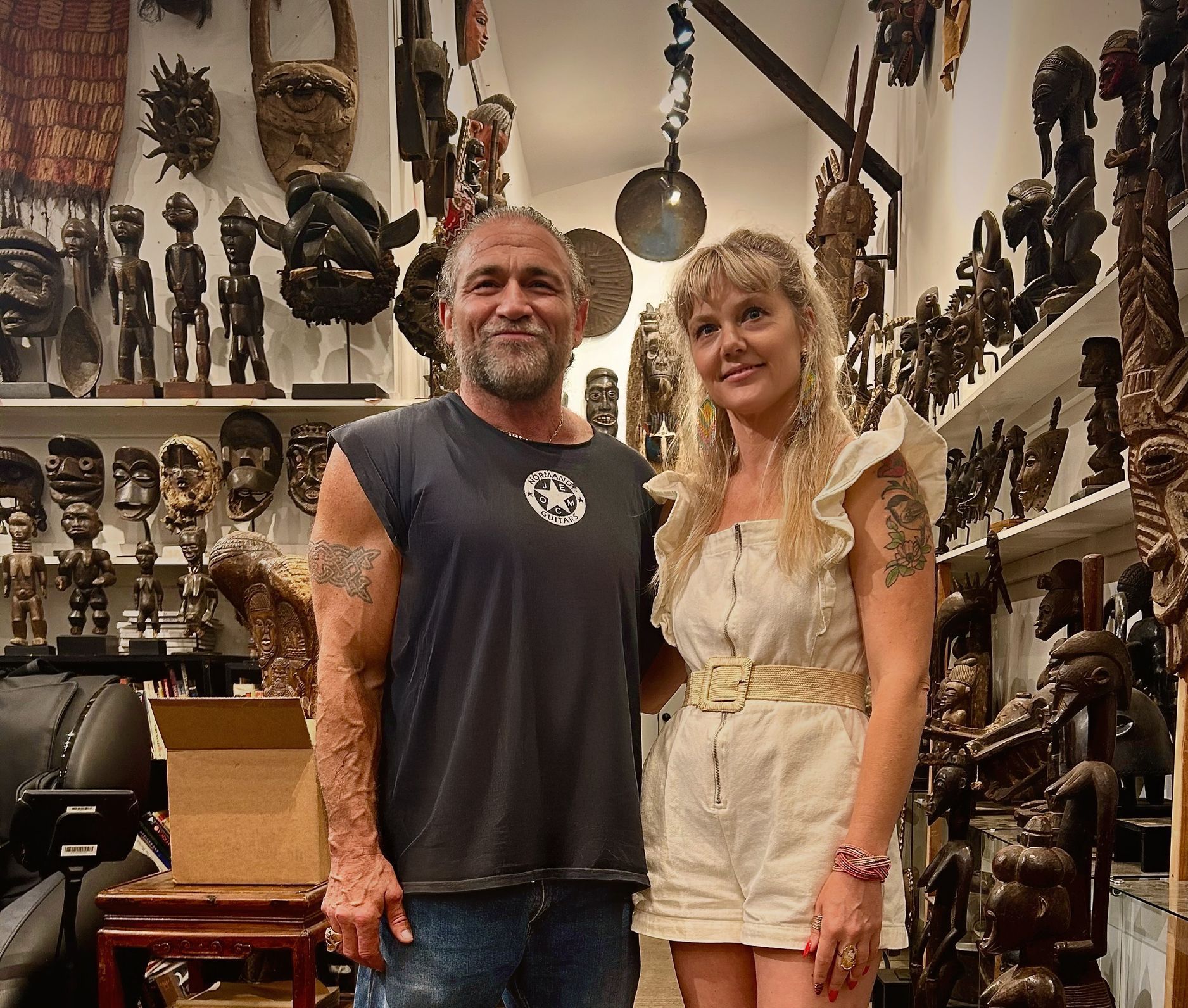
Caption: Dave and I surrounded my his art collection.
When I arrived, Tim greeted me and led me to the warehouse where Dave was tidying his collection. Dave greeted me with kindness and an easy authenticity. The 14,000 square foot warehouse is packed floor to ceiling with masks, statues, ritual objects, and carved relics from across the African continent. I could feel the powerful energy these objects held.
I slowly moved through the space, while Tim and Dave patiently spent the next three hours explaining the collection to me. Dave was in and out of the warehouse taking phone calls and attending to friends and family at the country property in Eagle Creek, Oregon. Dave shared details on the artwork origins and meanings, humbly adding that he's still learning. It was clear that he'd taken a ton of care to organize this collection. When I asked if he'd been to these areas, he said with some heaviness, that he hasn't yet, though he’d like to and plans to when some legal constraints are lifted.
He pointed out pieces from Mali, Burkina Faso, the Ivory Coast, Liberia and Bali . He shared that these places used to have no borders and were once only separated by tribes and pointed out pieces from the Dogon people who he'd been able to work with on grain deliveries during his bread making days.
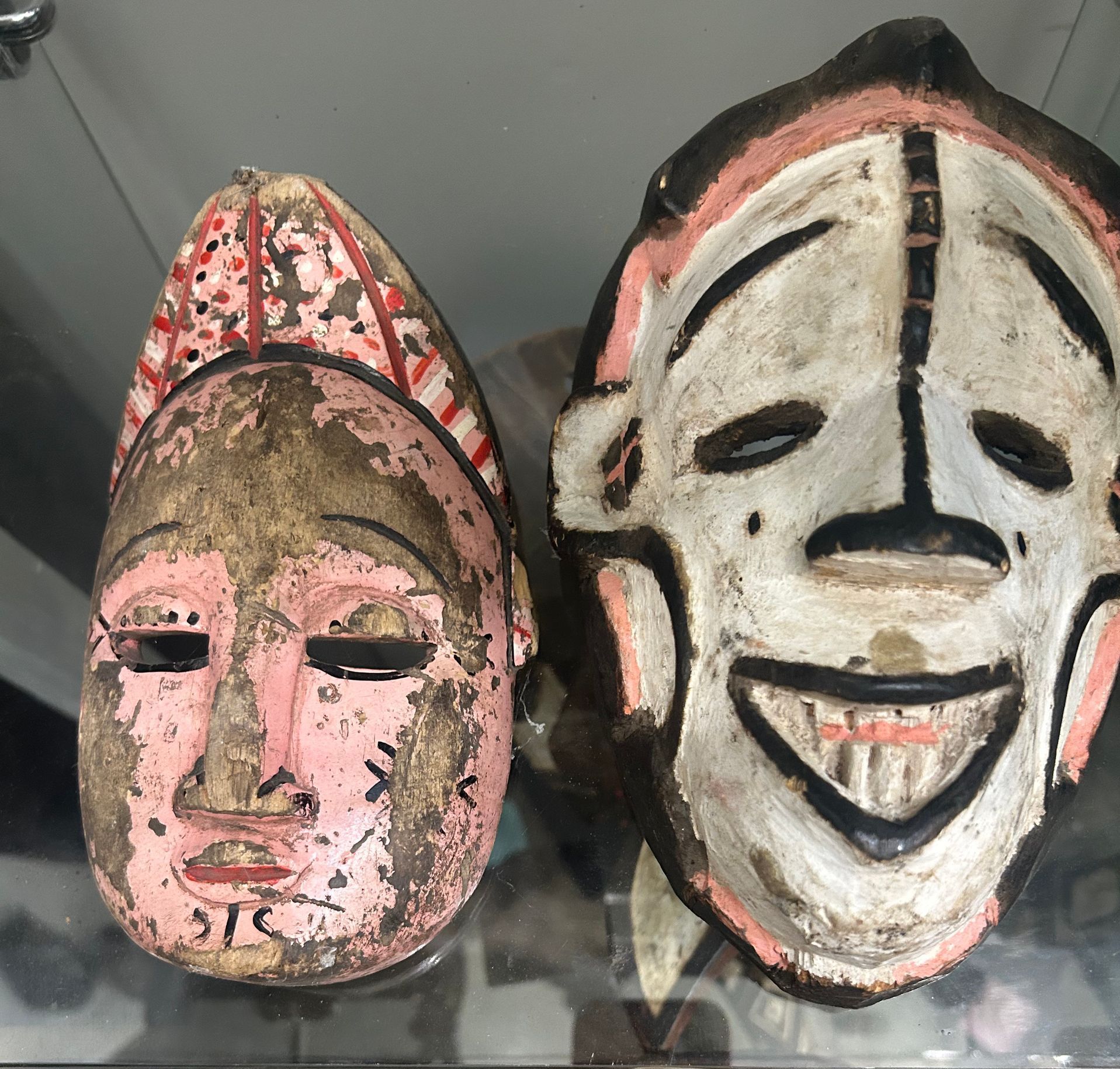
Ceremonial Masks – Ibibio & Igbo (Nigeria), Mid-20th Century The mask on the left, with its delicate pink hues and refined features, is a classic Ibibio ancestor mask from Nigeria, traditionally worn to honor female spirits during rites of passage. On the right, a joyful Igbo mask also from Nigeria celebrates youthful feminine beauty, typically danced by men in festive seasonal ceremonies. Both pieces reflect the grace, spirituality, and artistry embedded in West African masking traditions.
These pieces aren’t just art. They’re anchors. They root a space in something older, deeper. They create presence.
(Clockwise from left): Benin Court Figure (Edo People, Nigeria) This striking bronze sculpture hails from the royal artistic tradition of the Benin Kingdom in southern Nigeria. Depicting a high-ranking court official or ceremonial musician. Slave Boat Sculpture Portrays the brutal reality of the transatlantic slave trade, likely referencing the Portuguese invasion of West Africa. Royal Beaded Helmet Mask – Kuba People, Democratic Republic of Congo Draped in intricate beadwork and cowrie shells, this regal effigy represents a Kuba king or ancestral figure, embodying prestige, wealth, and spiritual protection. The Kuba are renowned for their elaborate ceremonial regalia, and this piece—with its geometric patterns, shell adornment, and facial veiling—was likely used in royal funerary rites or masked court performances to honor lineage and reinforce dynastic authority.
-
Nature's Symphony
Breathtaking colors of our planetButton -
Faces of Humanity
Portraits of people from around the globeButton -
Beyond Boundaries
Visual odyssey across continentsButton
Sands of Time
I noticed the tender way Dave handled the artworks. I could see how he felt called to protect these pieces. Dave doesn’t see himself as an expert. He’s a steward. A man still healing. A man who’s walked through fire—and is still walking. As I left the warehouse that day, I thought about how brokenness and beauty coexist. And how spaces—like people—can hold both.
My deepest thanks to Dave for his vulnerability, and to Tim for reaching out to me and making this introduction.
These pieces are for sale! Dave is beginning to explore how to re-home them with collectors, designers, and lovers of tribal art.
If you’re interested in seeing them yourself, please reach out! I would be happy to make an introduction and/or work with you on which ones would work well in your space.
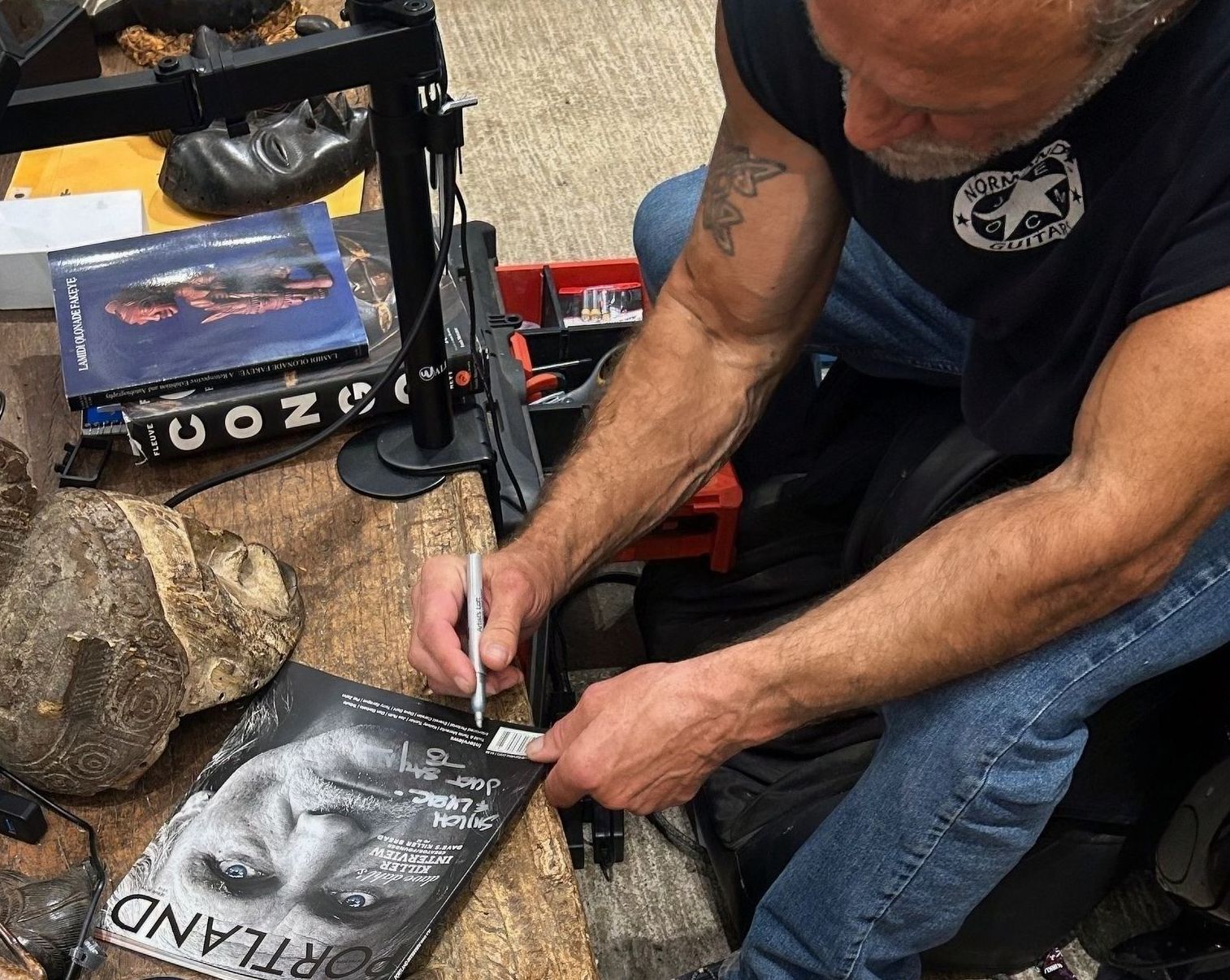
Caption: Reading the full 20-page interview in the the magazine Dave had signed for me and my boys was a deeply meaningful experience.
Ready to work with us to design you space?
At EPIPHANY, we specialize in creating refined, art-inspired interiors for those who want their homes to feel good, function well and look beautiful. Whether you’re upgrading a loft or styling a full residence, we tailor each space to your lifestyle.
